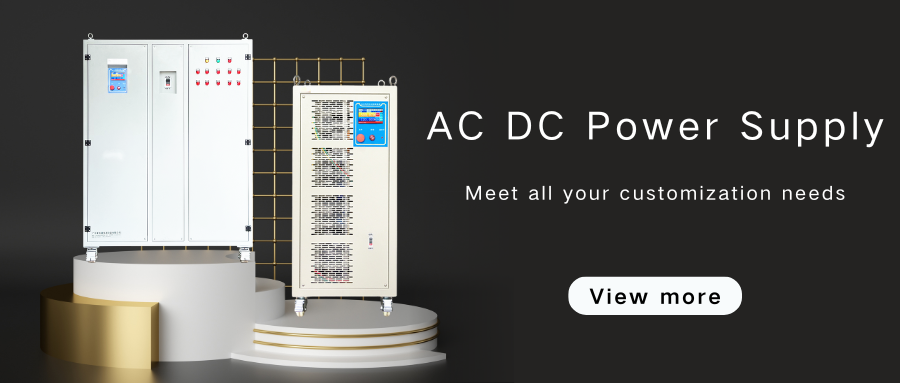An adjustable regulated power supply is a power supply device that provides stable DC voltage and current. There are three main methods for regulating current: constant current regulation, constant voltage regulation, and constant power regulation.
1. Constant current regulation
When the load changes, the regulated power supply needs to keep the output current constant by changing the output voltage. Using the negative feedback principle, the regulated power supply can monitor the changes in the load current and automatically adjust the output voltage to keep the load
The stable working state. Therefore, this regulation method is called constant current regulation.
2. Constant voltage regulation
In the constant voltage regulation mode, the regulated power supply automatically adjusts the output current to maintain a constant output voltage. When the load current changes, the constant voltage regulated power supply automatically adjusts the output current to maintain a constant output voltage.
In the constant voltage regulation mode, the load current cannot exceed the set current value.
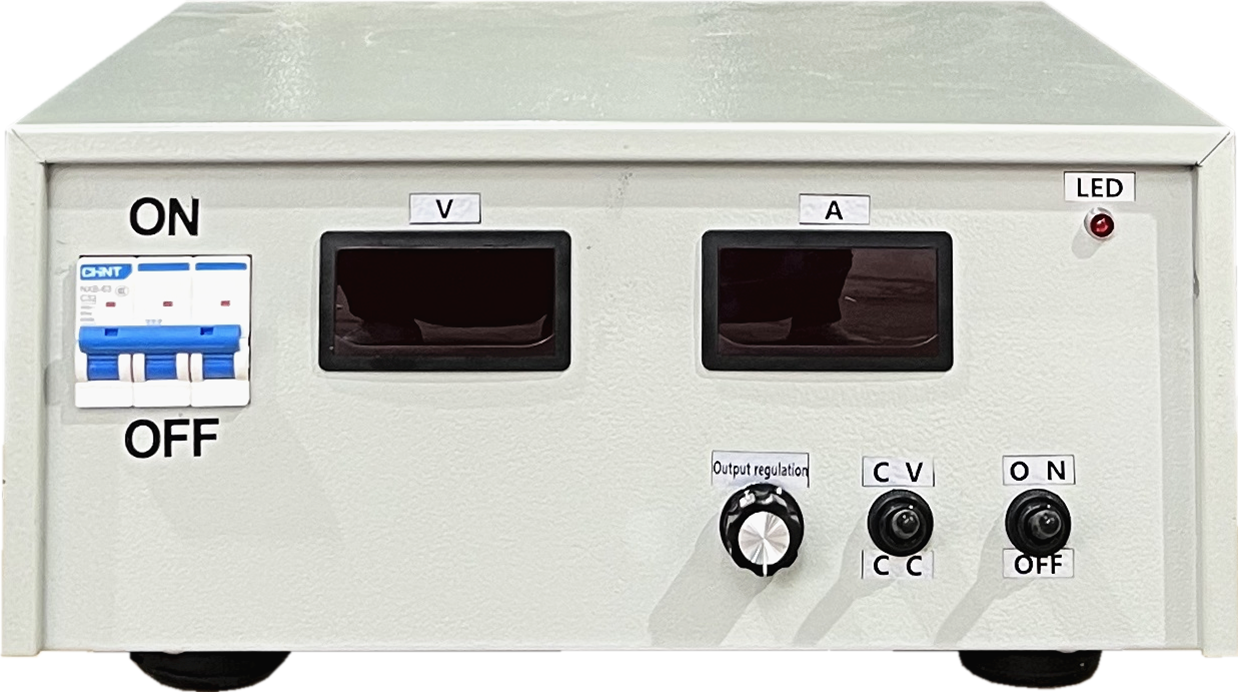
3. Constant power regulation
In the constant power regulation mode, the regulated power supply will adaptively adjust the output power according to the load current and load voltage. When the load current or load resistance changes, the voltage-stabilized power supply will automatically adjust the voltage and current under its working conditions according to the load changes.
Under normal circumstances, constant current regulation is suitable for occasions where the power supply needs to maintain a certain current output; constant voltage regulation is suitable for occasions where the power supply needs to maintain a certain voltage output; constant power regulation is suitable for occasions where the load demand current and voltage change simultaneously. Different regulation modes are suitable for different application scenarios. Therefore, when choosing a voltage-stabilized power supply, it is necessary to select the most appropriate regulation mode according to actual needs.
In short, the regulation modes of adjustable voltage-stabilized power supplies mainly include constant current regulation, constant voltage regulation and constant power regulation. Using different regulation methods, the voltage-stabilized power supply can automatically monitor the load current, input voltage and load voltage, and automatically adjust the output voltage and current to maintain a stable power output, making it suitable for the power supply of various devices and components.
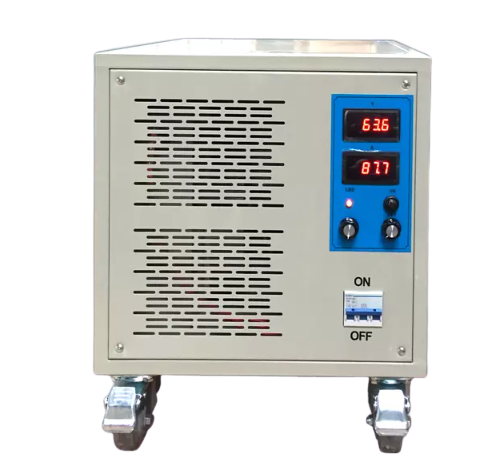
An adjustable power supply is a power supply device that can provide stable output voltage and current, and its current regulation is achieved through a series of electronic circuits and control algorithms. The principle of an adjustable power supply is to achieve regulation by changing the output voltage or current of the power supply. Specifically, an adjustable power supply usually contains a control circuit that can adjust the output voltage or current of the power supply according to a set adjustment signal or feedback signal. The control circuit can use a variety of different technologies and algorithms to achieve regulation, such as pulse width modulation (PWM), pulse frequency modulation (PFM), etc.
The output voltage or current of the adjustable power supply can be controlled by an external regulator or microcontroller. The regulator or microcontroller can set a target voltage or current value and compare it with the actual output voltage or current. Based on the comparison result, the regulator or microcontroller will output a control signal, which will adjust the output voltage or current of the adjustable power supply to reach the target value.
In addition, the adjustable power supply can also contain some protection circuits, such as overcurrent protection, overvoltage protection, etc., to ensure the safety of the power supply and the powered device. When the output current or voltage of the power supply exceeds the safe range, the protection circuit will trigger the corresponding protection mechanism, such as cutting off the output of the power supply or reducing the output voltage, etc., to prevent damage to the device due to excessive current or excessive voltage.
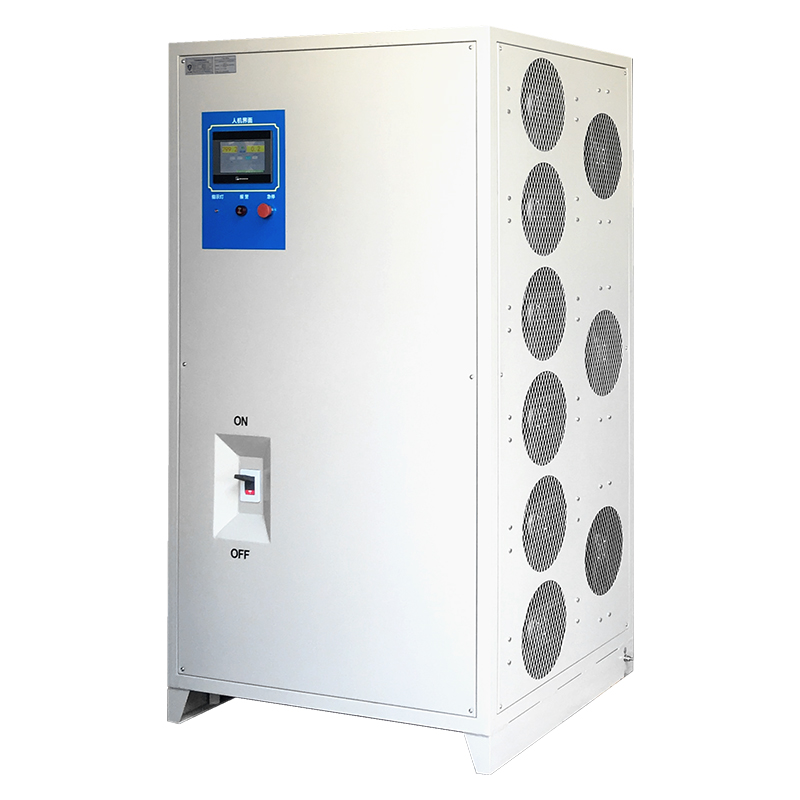
The current regulation of adjustable power supply is mainly divided into the following steps:
1. Input signal acquisition: The output current signal is obtained through the acquisition circuit, which may be an analog or digital signal, depending on the design.
2. Signal processing: The collected current signal is amplified, filtered and compared to prepare for subsequent adjustment.
3. Regulation circuit: The core part, which generates a regulation signal for controlling current or voltage based on the comparison of the collected current signal with the preset reference value.
4. Power device control: Use power devices (such as transistors or MOSFETs) to regulate the output current. The regulation signal controls the on and off time of these devices to change the output current.
5. Feedback control loop: Monitor the real-time output current through feedback. Open-loop or closed-loop control systems can be used. The closed loop can adjust the signal according to the output current to ensure stable and accurate output.
6. Protection circuit: Contains overcurrent and overvoltage protection. When the current exceeds the safe range, the protection mechanism is triggered, such as cutting off the switch or reducing the output voltage to prevent equipment damage.
In summary, the current regulation of the adjustable power supply is achieved through the coordinated work of multiple links to ensure that it provides stable and reliable output to meet the needs of different applications. When using it, you need to choose a suitable power supply and pay attention to performance parameters and safety specifications to ensure normal operation and safety.
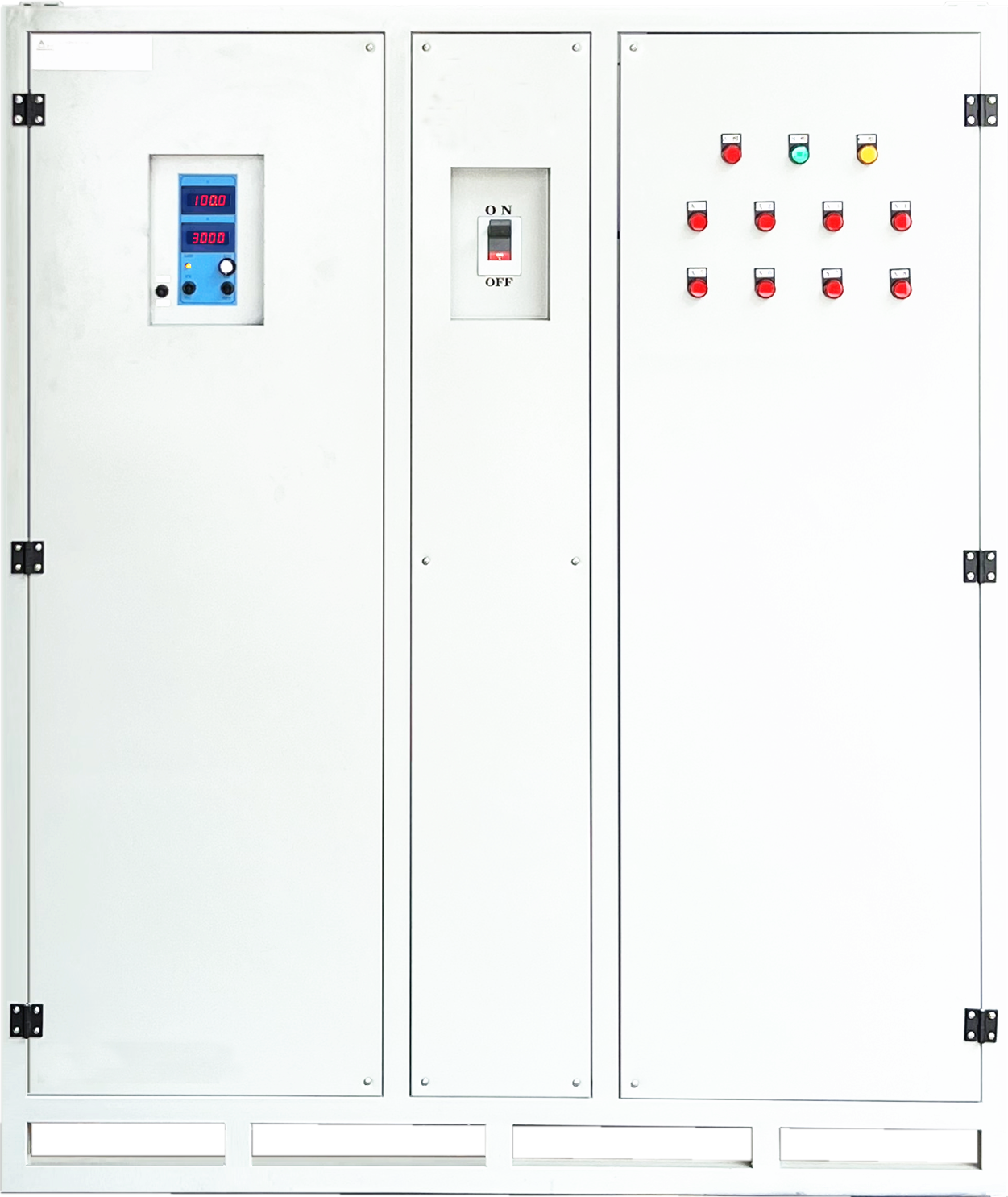
For example, we want to set the output of 12.6v1.8A:
During the operation, first turn on the power switch and test the no-load voltage. Use the digital display and two buttons to display and adjust the output voltage value. The knob is divided into coarse adjustment and fine adjustment. By rotating, the voltage changes continuously from 0 to the maximum value. After confirming that the adjustment function is normal, adjust the current.
When adjusting the current, the output terminal needs to be short-circuited. To avoid malfunctions, first adjust the voltage to about 2V (not to 0V), and then short-circuit the output terminal. At this time, the reading of the voltmeter will drop sharply, and the ammeter will display the current current. Set the current to 1.8A by adjusting the two current regulators, then disconnect the short circuit, the current disappears, and the voltage recovers.
Next, adjust the voltage to 12.6V. If it fails to adjust effectively, it may be a power failure. The common problem is that the potentiometer is worn, and the components of the same specifications can be replaced. If the problem is complicated, it can only be analyzed specifically.
This power supply can achieve constant current or constant voltage state. According to Ohm's law, when the load power is lower than the set current, the power supply output maintains a constant voltage. When the output voltage is increased, the current cannot increase at 1.8A, and the power supply will enter a constant current state.
When the load increases to 6Ω, the current can exceed 1.8A, and the power supply output voltage decreases to meet the set current requirements. Therefore, it is impossible to obtain constant current and constant voltage at the same time.
Constant current is useful for measuring LED light sources. For example, the current of a 1W lamp bead is set to 0.3A, the voltage is 4-5V, and the reading is the VF value of the lamp bead.
If the current is zero when the 220V power supply is normal, it may be a power supply failure. The adjustable potentiometer can be replaced if it has poor contact. If it still does not work after replacement, it may be a problem with the voltage regulator, and the voltage stabilization circuit needs to be adjusted.


